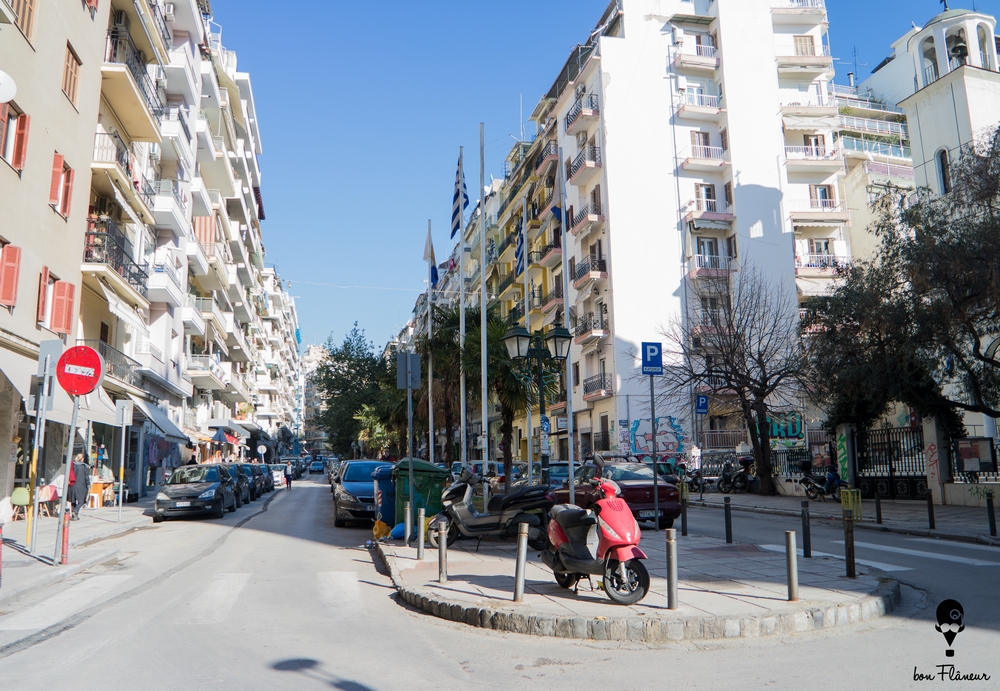Ippodromiou Square
The shape of Ippodromiou Square is reminiscent of the ancient hippodrome, which was located here.
Location
Timeline
Modern and Contemporary era (1912 - )
Ottoman era (1453- 1912)
Byzantine era (331 AC- 1453)
390 AD The year of the massacre. Τhe hippodrome operated until the 6th century AD.
Roman era (30 BC- 330 AC)
The hippodrome was built at the beginning of the 4th century AD.




Share